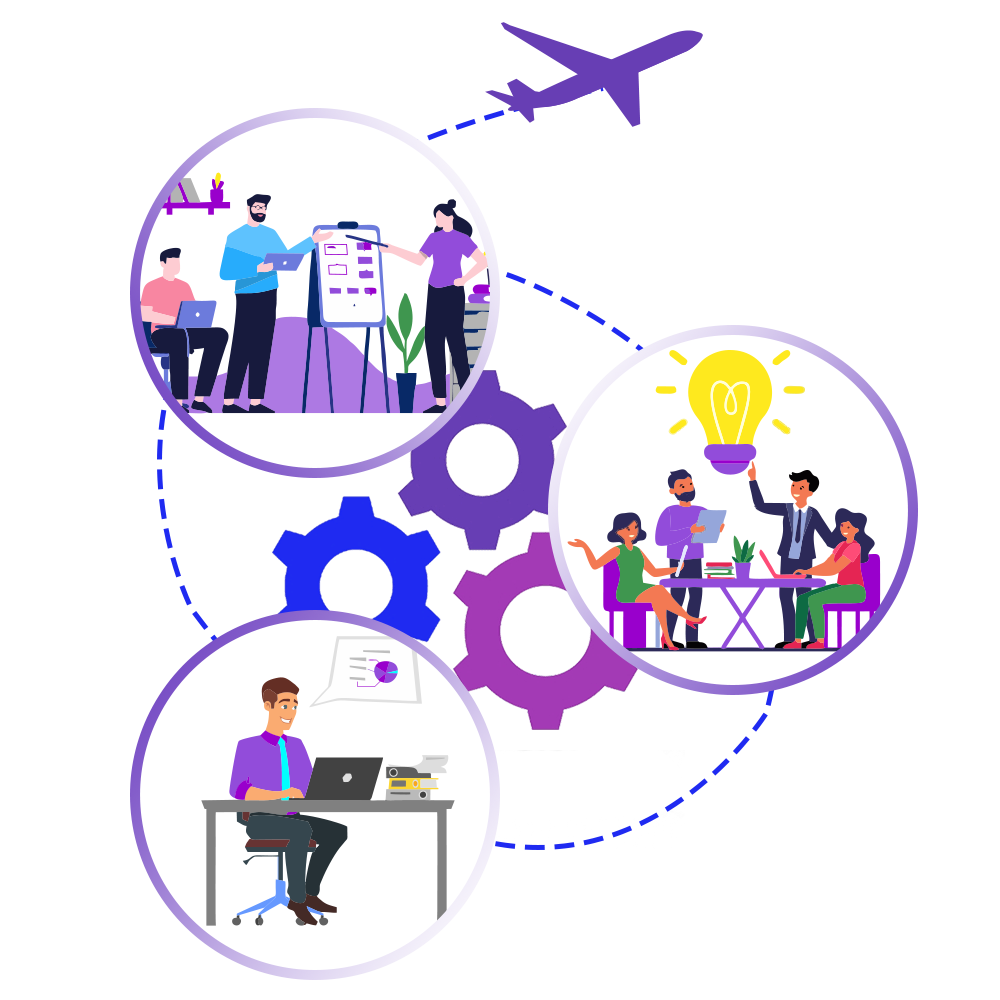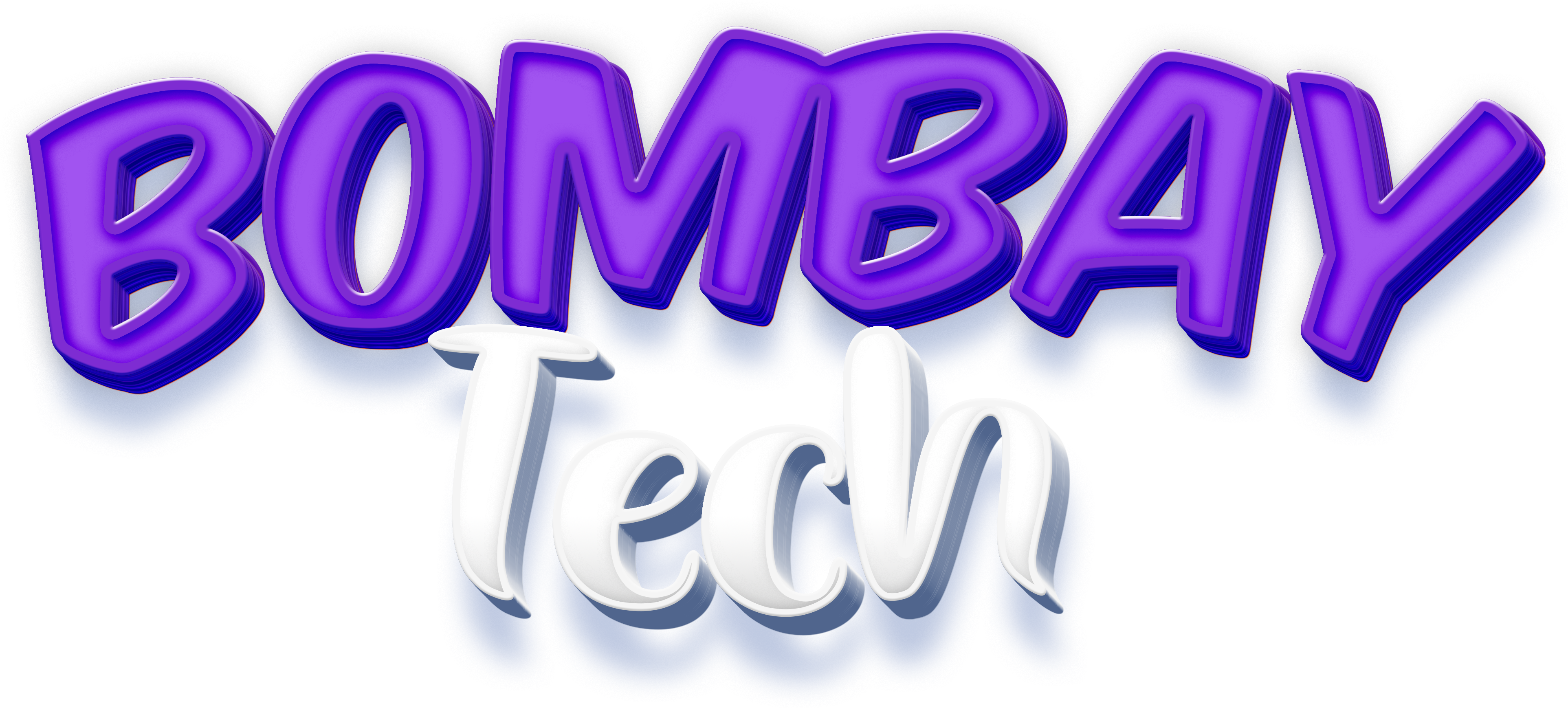Problems Client Face
More than 78% businesses struggle with outsourcing
It is frequently stated that emotion has no place in business, and that business should never be personal. Building an emotional connection, on the other hand, is an important part of developing a long-term relationship. Emotions, on the other hand, have an impact on decision-making and the ability to trust.
They demand continual revisions, countless tweaks, and endless discussions that drive you insane. These frequent modifications stifle approvals and may prevent you from achieving your goals.
Clients frequently expect you to meet an unreasonable deadline, leaving you with insufficient time to do too much work. Managing many client assignments at the same time can also be tiring and slow down your productivity.
Some clients prefer to be involved in the process and want to know what's going on at all times. They continue to send emails at all hours of the night in order to receive progress reports. This could disrupt your workflow and prevent you from producing your best work.
If you're working on a website design, you'll occasionally want some content from the customer in order to update their website. The launch of a website can be hampered by a lack of content.

Finding right Candidate suited exactly according to project requirements

Scoping of work, defining deliverables & managing project expectations

Trusting service provider with payment and commitment of project completion

Finding right Candidate suited exactly according to project requirements

Scoping of work, defining deliverables & managing project expectations

Trusting service provider with payment and commitment of project completion
Your Goals Are Our Goals, Too
Helping businesses succeed is what we do. Sustained growth is the natural result of combining an award-winning web platform, a multi-talented professional team, and an intelligently crafted marketing strategy. It’s our privilege to help you grow and achieve your business objectives.
Our goal is to bring our customers value. We provide that value with a well functioning, aesthetically pleasing website, and also through driving more organic traffic, which thus increases sales. Where most companies just build you a website and call it a day, we use a two pronged approach to increase customer traffic and increase sales. Quite simply, we make you more efficient and help make you more money.
We take your goals and make them ours..

Why Choose BombayTech?
We are big enough to deliver & small enough to care. Also we are free & your idea is protected by an NDA.
BombayTech Saves :

Time

Energy

Money
BombayTech focuses on :
- accessibility - The purpose of online accessibility is to create a website that anyone, including those with disabilities or limits, can use. It's your obligation as a website designer to factor these consumers into your UX strategy.
Accessibility, like responsiveness, applies to the entire site, including the structure, page style, graphics, and both written and visual content. The Web Content Accessibility Rules (WCAG) are guidelines for web accessibility published by the Web
Accessibility Initiative and the World Wide Web Consortium. These standards state, in basic terms, that websites must be:
- Perceivable: Visitors are aware of your website's content.
- Operable: Your website's functionality should be accessible in a variety of ways.
- Understandable: All content and notifications are simple to comprehend.
- Robust: Your site works with a variety of assistive technologies, devices, and browsers.
- Consistency - In addition to maintaining consistency in your navigation, the general appearance and feel of your site should be consistent throughout all of its pages. Backgrounds, colour schemes, typefaces, and even the tone of your text are all examples of areas where consistency improves usability and user experience.That isn't to argue that every page should have the same design. Create different layouts for different types of pages instead (e.g., landing pages, informational pages, etc.). You'll make it easier for visitors to comprehend what kind of content they'll discover on a specific page if you use those layouts consistently.
- Credibility - Following web norms provides legitimacy to your site. In other words, it improves the level of confidence that visitors have in your website. Credibility goes a long way when it comes to creating a site that gives the finest user experience possible.Being upfront and honest about the product or service you're selling is one of the most effective ways to boost your credibility. Visitors shouldn't have to sift through dozens of pages to figure out what you do. On your homepage, be honest and give some space to expressing the importance of what you do.
- Responsivity - According to Statista, mobile devices such as smartphones and tablets accounted for 48% of global page views. According to our findings, 93% of consumers have abandoned a website because it did not display properly on their device. The takeaway here is that in order to give a truly excellent user experience, your website must be compatible with the numerous devices that your visitors utilize. This is referred to as responsive design in the computer sector. Investing in a highly flexible website structure is what responsive design entails. A responsive site automatically resizes and rearranges information to fit the dimensions of whatever device a visitor is using. This can be accomplished through the use of mobile-friendly HTML templates or the creation of a dedicated mobile site.
- Simplicity - While the aesthetic of your website is crucial, the majority of visitors aren't there to judge how slick the design is. They desire to finish a task or locate a certain piece of information. As a result, extraneous design components (i.e., those that serve no functional purpose) will simply overload visitors and make it more difficult for them to achieve their goals.From the standpoint of usability and user experience, simplicity is your best friend. It's difficult to go too simple when you have all of the necessary page elements. This principle can be applied in a variety of ways, including:Colors: In general, don't use a lot of them. Use a maximum of five (plus or minus two) different colors in your design, according to the Handbook of Computer-Human Interaction.Typefaces: The typefaces you choose should be very legible, so avoid anything too artsy and keep script fonts to a minimum, if at all. Keep text color to a bare minimum and ensure that it contrasts with the backdrop color. Using a maximum of three different typefaces in a maximum of three different sizes is typical advice.Visuals: Use graphics only if they assist a user in completing a task or performing a specified function (don't just throw graphics in there at random).
- User-Centricity - At the end of the day, end-user preferences determine usability and user experience. After all, who are you designing for if not for them? While the concepts outlined in this list are a fantastic place to start, conducting user testing, gathering feedback, and making adjustments based on what you've learned is the final step in enhancing the design of your site. Also, don't waste your time testing usability on your own. You've already put a lot of time and effort into your design, which introduces your own prejudices into the mix. Get testers who have never seen your site before, just like a new visitor would.
- Visual Hierarchy - Visual hierarchy, which is closely related to the idea of simplicity, refers to the arrangement and organization of website elements in such a way that users naturally gravitate toward the most important aspects first. Remember that the purpose of usability and UX optimization is to guide visitors to take a desired action in a way that feels natural and enjoyable. You can build your site such that readers are drawn to specific elements first by modifying the position, color, or size of those elements.
- Conventionality - Balancing creativity with your expectations is a major problem in web design. Most of us are seasoned internet users who have developed a set of standard practices over time. Conventions like these exist:
- The main navigation is located at the top (or left side) of the page.
- Placing a logo in the upper left (or middle) of a page.
- Making the logo clickable so that visitors can always return to the site.
- When you hover over links and buttons, they change color and look.
- On an ecommerce site, a shopping cart icon is used. A number badge on the icon indicates the number of goods in the cart.
- Ensure that picture sliders have manual rotation buttons that users can click.
What We Do Best ?
Here are some of the industries & domains that we have worked with:
 BUSINESS INTELLIGENCE & CONSULTATION SERVICES
BUSINESS INTELLIGENCE & CONSULTATION SERVICES
 BUSINESSWEB DEVELOPMENT SERVICES
BUSINESSWEB DEVELOPMENT SERVICES
 WEBSITE DESIGN SERVICES
WEBSITE DESIGN SERVICES
 WEBSITE MAINTENANCE SERVICES
WEBSITE MAINTENANCE SERVICES
 UI & UX Design
UI & UX Design
 CONTENT WRITING SERVICES
CONTENT WRITING SERVICES
 CONVERSION RATE OPTIMIZATION SERVICES
CONVERSION RATE OPTIMIZATION SERVICES
 SOCIAL MEDIA MARKETING
SOCIAL MEDIA MARKETING
 CUSTOM SOFTWARE DEVELOPMENT SERVICES
CUSTOM SOFTWARE DEVELOPMENT SERVICES
 FULLY MANAGED SEO
FULLY MANAGED SEO
 Hybrid App Development
Hybrid App Development
 BUG
BUG
 BUSINESS INTELLIGENCE & CONSULTATION SERVICES
BUSINESS INTELLIGENCE & CONSULTATION SERVICES
 BUSINESSWEB DEVELOPMENT SERVICES
BUSINESSWEB DEVELOPMENT SERVICES
 WEBSITE DESIGN SERVICES
WEBSITE DESIGN SERVICES
 WEBSITE MAINTENANCE SERVICES
WEBSITE MAINTENANCE SERVICES
 UI & UX Design
UI & UX Design
 CONTENT WRITING SERVICES
CONTENT WRITING SERVICES
 CONVERSION RATE OPTIMIZATION SERVICES
CONVERSION RATE OPTIMIZATION SERVICES
 SOCIAL MEDIA MARKETING
SOCIAL MEDIA MARKETING
 CUSTOM SOFTWARE DEVELOPMENT SERVICES
CUSTOM SOFTWARE DEVELOPMENT SERVICES
 FULLY MANAGED SEO
FULLY MANAGED SEO
 Hybrid App Development
Hybrid App Development
 BUG
BUG
Customer Journey
Get your next service outsourced in a few simple steps, in less than 24 hours

Post Your Requirements
Answer 5 simple questions to help us understand your needs.
Select Candidates for Screening
We will provide you the Portfolio of Pre screened resources / Candidates.
Take Interview
Have one round of Interview to understand the cultural fit.
Approve the Business Contract
Approve the Business Contract, Timelines and Price structure shared by the BombayTeck and Make the payment.
Project Starts!
Project starts and is completed as per the Business Contract.
Let's connect!
Thanks for visiting! I'm so glad you found me because that means you have a lot of things! to say, and my happy place is helping you get your unique voice and message out there in a bigger way. I do my best to respond...

